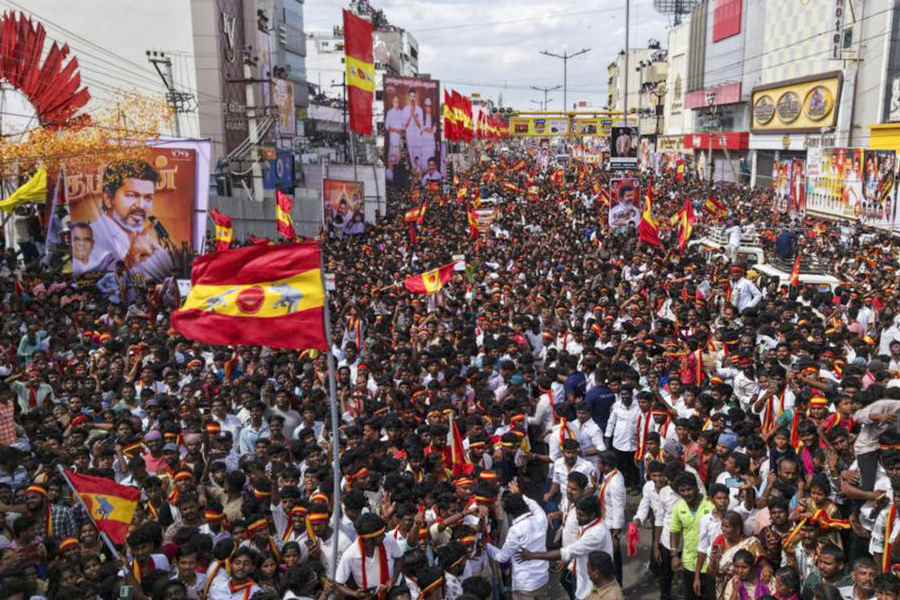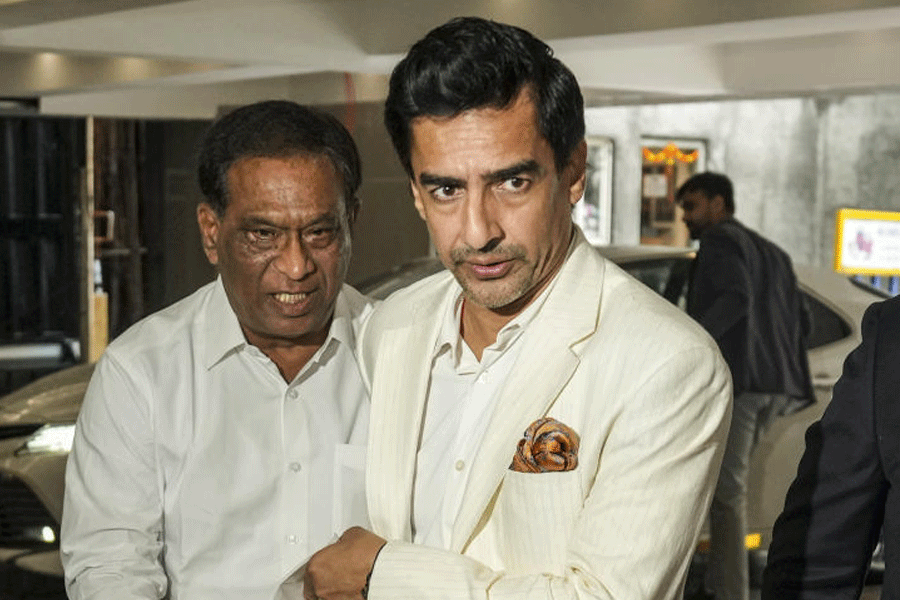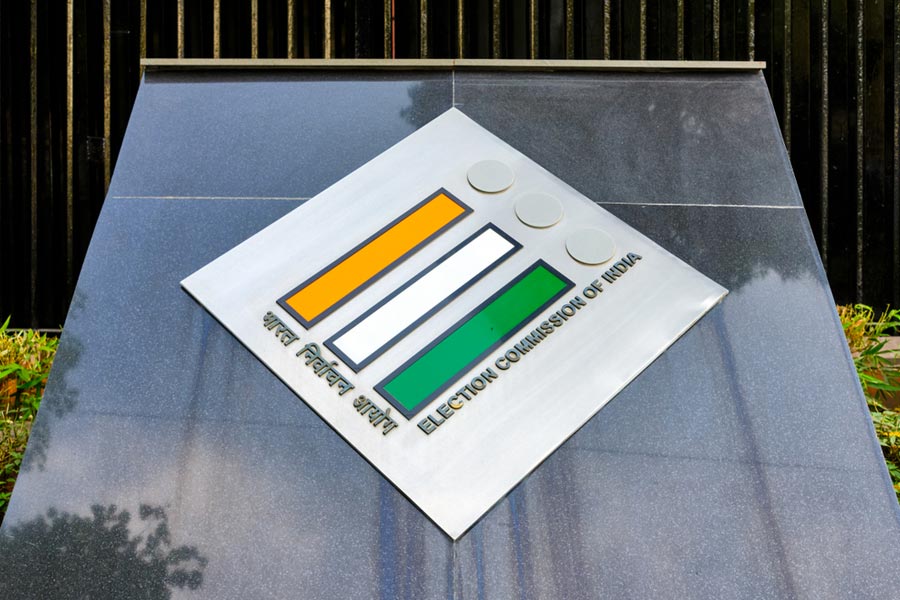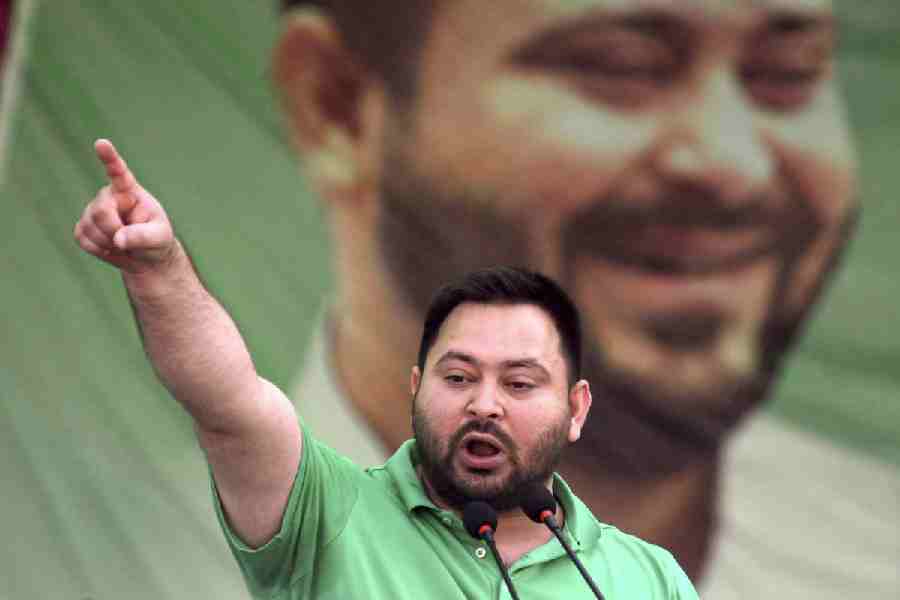 |
 |
 |
| SOCIAL ACT: (From top) Prakash Jha, and scenes from Mother India and Achhut Kanya |
A pre-release sideshow of controversy is supposed to work wonders for the publicity of a new Bollywood film. But the controversy over Prakash Jha’s upcoming film Aarakshan may just have become too inflammatory for comfort. Aarakshan deals with the sensitive subject of caste-based reservations in educational institutions and government jobs. And even though the movie is yet to release (it’s supposed to hit the theatres this Friday), and even though it has got the approval of the censor board, there have already been protests against it.
So should Prakash Jha be lauded for daring to tackle a tricky and volatile subject? The answer to that depends on which side of the reservation fence you are on. But Jha is hardly the first filmmaker to deal with India’s fractious and deeply divisive caste system.
Whether it was Achhut Kanya (1936) or Bimal Roy’s Sujata (1959), which told the story of a Dalit girl brought up in a Brahmin family, the caste issue and its social and emotional ramifications were dealt with even in the early days of the Hindi film industry.
Says Amit Khanna, chairman of Reliance Entertainment and director of Reliance BIG TV and Reliance MediaWorks Ltd, “Hindi cinema has never hesitated to portray India’s caste system. Right from Mother India to Roy’s Sujata, from Govind Nihalani’s Aakrosh to Prakash Jha’s Damul, to name a few, Hindi cinema has always dealt with the caste issue fairly well.”
But has it been revisited and analysed in Hindi films as often as, say, the Hindu-Muslim divide has been?
Khanna, for one, certainly thinks so. “Because Hindi cinema is popular cinema or escapist cinema, it may sometimes talk about caste issues in broad sweeps. But the issue has never been ignored.”
Shyam Benegal, whose films Nishant, Ankur and Manthan exposed the exploitation of Dalits and the poor by their feudal landlords, agrees. “The topic of discrimination against Dalits has been dealt with in Hindi cinema. My work was, of course, more on the atrocities based on caste barriers. In the case of Aarakshan, I don’t know what the hullabaloo is about. As far as I know, he may have questioned how reservation is practised. Reservation is often not practised the way it was necessarily meant to be.”
The great Satyajit Ray too portrayed the injustices of the caste system in his 1981 film Sadgati, where a landlord treats a low-caste man (played by Om Puri) in an inhuman way, resulting in his death. Again, in the early 1990s, when the controversy over the recommendations of the Mandal Commission was raging in India, a film called Ghulami showed the fallout of rigid caste-based discrimination. In the movie there is a scene where a policeman leads the marriage procession of his son who is riding a horse. But the upper caste village heads will have none of it. The groom cannot sit on horseback, they declare, because he belongs to a low caste. Eventually, the boy is shot dead in the scuffle.
More recently, in the 2003 movie Dum, protagonist Vivek Oberoi plays the role of a Dalit who wants to be a police officer. In films like Omkara, Eklavya and Bandit Queen too, the mechanics of caste and their brutal fallout have been portrayed with telling effect.
Regional cinema has also been unsparing in its criticism of the caste system. In the Kannada film Samskara (1971), for example, Girish Karnad highlighted the duplicity of the upper caste and the stranglehold that age-old traditions had over society. The censor board banned the movie for portraying caste-based politics, but eventually it was released and went on to win the President’s Gold Medal for the Best Indian Feature film.
Jabbar Patel is another director who has dealt with the burning issue of caste. In his 1977 Marathi film Jait re Jait, heroine Smita Patil falls in love with a man from a tribal caste who plays the drums.
Uttam Kamble, editor of the Marathi newspaper Sakal, says that both Shyam Benegal and Jabbar Patel have made a tremendous contribution in addressing the issue of caste-based discrimination in Indian cinema. However, he says their kind of films are not being made any more. “In the Eighties, a lot of films were made on religion, caste and other problems. Now, we don’t see those kind of movies happening.”
Still, there are those who say that the attempts to portray the ravages of the caste system in Hindi cinema have been far from satisfactory. One of them is Texas Gaekwad, writer, actor and director, who is in the process of finishing a film on the Khairlanji murders where a Dalit family was burnt alive in a village called Khairlanji in Maharashtra in 2006.
“I think because they were not emotionally involved with the subject, they were not able to bring it out,” says Gaekwad. “Casteism has to be seen through the eyes of Babasaheb Ambedkar or Mahatma Phule. Then they would have got the answers. You cannot see casteism through the eyes of Mahatma Gandhi who only called them Harijans.”
Though opinion is somewhat divided on whether casteism has been dealt with adequately in Bollywood, almost everyone agrees that in the film industry itself “caste” has always been inconsequential. Says Kedar Shinde, who directed Toh Baat Pakki and a slew of Marathi comedies, “In Bollywood nobody cares about caste. Your talent is the only thing that counts.”
Prakash Jha echoes that view. “Fortunately, there is no casteism in our film industry. We don’t look at the caste of the actor, we look at the actor,” he says.
However, though Bollywood may be free from the evil of caste, Jha now has to contend with the fact that his film is being targeted by a myriad of interest groups in the world without. Says Hari Narke, professor of the Mahatma Phule Chair at the University of Pune, “Prakash Jha’s movie will further vitiate the atmosphere as there are already a lot of misunderstandings about Dalits among students. Jha should have been more careful about not inciting or inflaming public opinion.”
No doubt Jha is being judged prematurely. But whatever be the verdict on the movie after it releases this week, Aarakshan is bound to become yet another signpost in the way Bollywood portrays the social and political effects of India’s pervasive caste system.










